Landing on Mars : February 2021
Specailty : Look for signs of past or present life and see if humans could one day explore Mars.
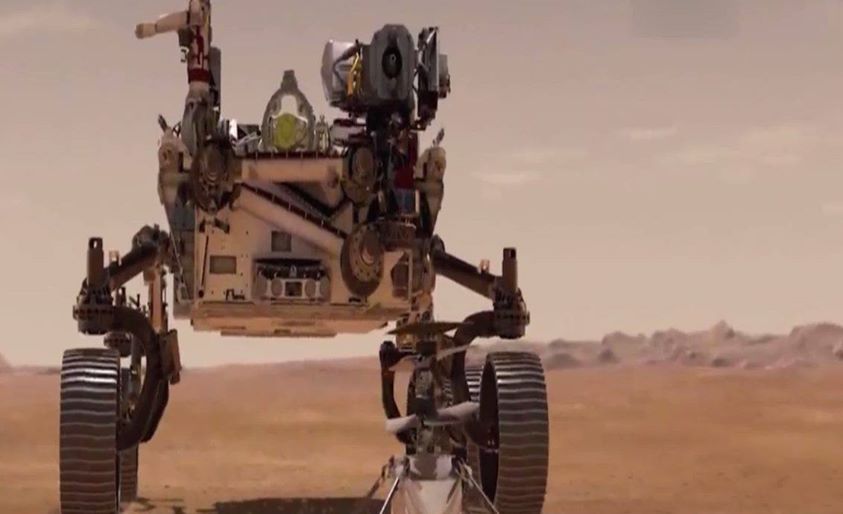
Landing on Mars : February 2021
Specailty : Look for signs of past or present life and see if humans could one day explore Mars.

Lava Tubes!!
District 13
Despite their larger size, the researchers believe that the lava tubes are surprisingly stable, meaning settlers wouldn’t have to worry about them collapsing around them.
“Lava tubes could provide stable shields from cosmic and solar radiation and micrometeorite impacts which are often happening on the surfaces of planetary bodies,” European Space Agency researcher Francesco Sauro said in a press release. “Moreover, they have great potential for providing an environment in which temperatures do not vary from day- to night-time.”

The earth’s atmosphere and magnetic field protect humans from harmful radiation. However, it is a known fact that astronauts are exposed to radiation levels that are 20-fold higher than those found on planet earth. NASA recently did an experiment on the International Space Station after realizing that a fungus growing near the Chernobyl site was thriving on nuclear radiation because of radiosynthesis. The fungus was using melanin to convert gamma radiation into chemical energy. Therefore, space scientists grew the fungus inside the ISS for a month and analyzed its ability to block radiation.
The experiment showed that the Chernobyl fungus, now identified as “Cladosporium sphaerospermum,” was able to block some of the incoming radiation. This finding has implications for future space missions. Scientists are thinking of shielding astronauts and space objects with a layer of this radiation-absorbing protective fungus. Meanwhile, let’s await further updates from NASA. Please share your thoughts with us in the comments section.
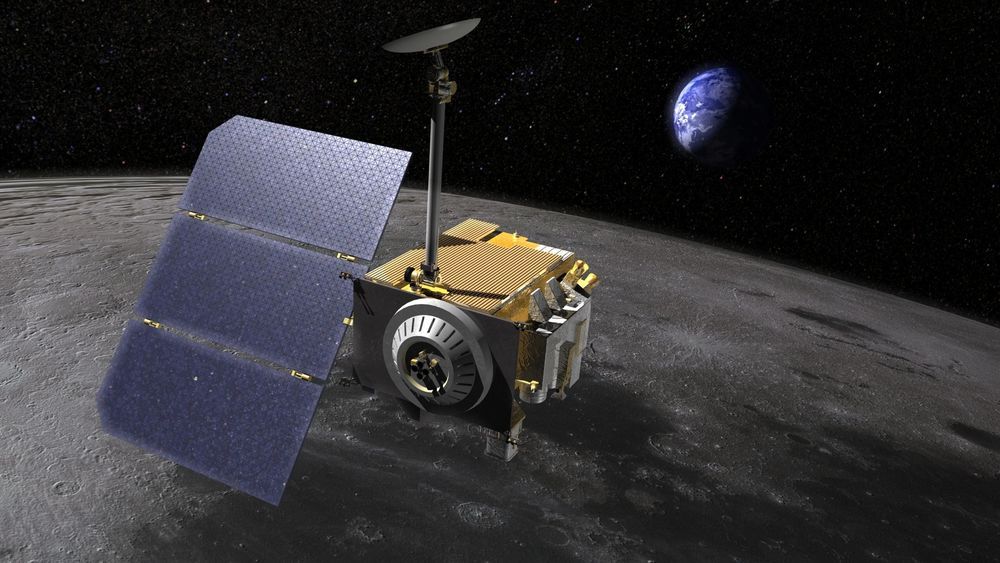
Dozens of times over the last decade NASA scientists have launched laser beams at a reflector the size of a paperback novel about 240,000 miles (385,000 kilometers) away from Earth. They announced today, in collaboration with their French colleagues, that they received signal back for the first time, an encouraging result that could enhance laser experiments used to study the physics of the universe.
The reflector NASA scientists aimed for is mounted on the Lunar Reconnaissance Orbiter (LRO), a spacecraft that has been studying the moon from its orbit since 2009. One reason engineers placed the reflector on LRO was so it could serve as a pristine target to help test the reflecting power of panels left on the moon’s surface about 50 years ago. These older reflectors are returning a weak signal, which is making it harder to use them for science.
Scientists have been using reflectors on the moon since the Apollo era to learn more about our nearest neighbor. It’s a fairly straightforward experiment: Aim a beam of light at the reflector and clock the amount of time it takes for the light to come back. Decades of making this one measurement has led to major discoveries.

In Elon we trust the planet earth!
Tesla studies the possibility of becoming an energy supplier in Europe, offering photovoltaic, storage and electric car charging in one package.
Tesla doesn’t just sell cars. Among the various sectors in which it operates, domestic energy is perhaps the one with the widest growth margins. After launching its photovoltaic products, both solar panels, and tiles, and after the famous PowerWall accumulation, Musk’s company is studying the possibility of offering all its assets in a single offer, even becoming an electricity provider in the world.
It would be a very important step, which would allow Tesla to manage all the variables in an integrated way, including the charging of electric cars. The novelty was discovered through a survey that the same company distributed to customers in Germany, with questions that left room for few doubts:
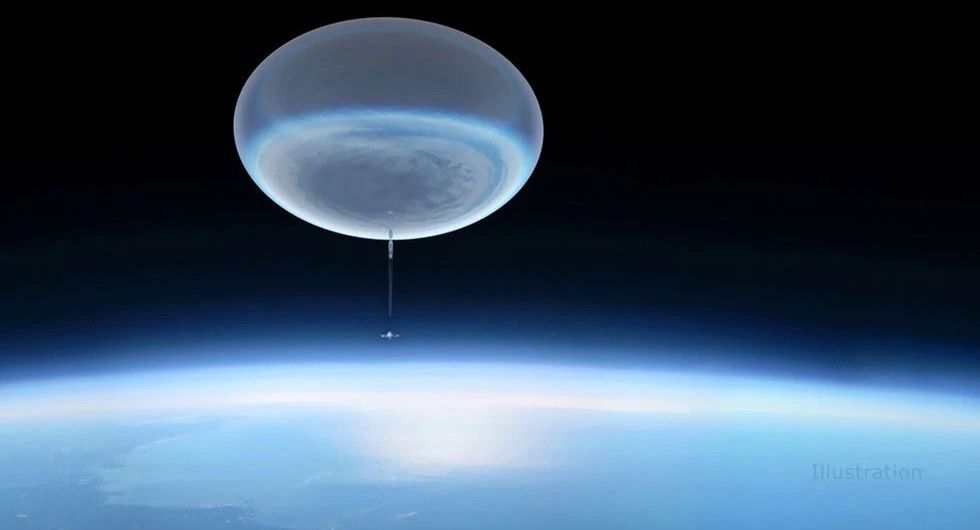
(Gray News) – NASA is planning to use some of the world’s oldest aeronautical technology to do some of its most-advanced studying of the stars.
A balloon as a big as a football stadium will be used to lift a specialized telescope over Antarctica in 2023.
ASTHROS, which stands for astrophysics stratospheric telescope, will be carried by the big balloon to an altitude of nearly 25 miles.

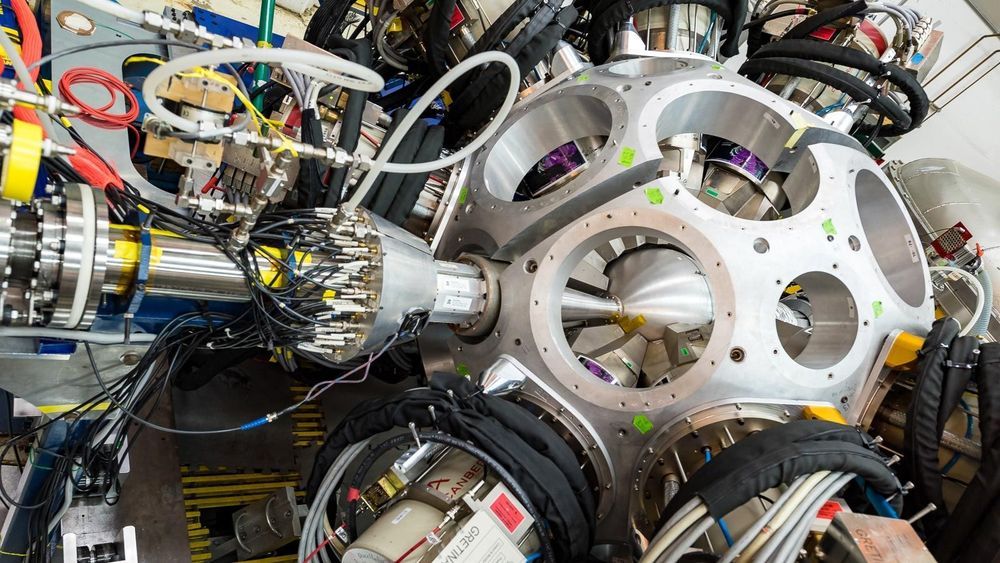
International team develops a new method to determine the origin of stardust in meteorites.
Analysis of meteorite content has been crucial in advancing our knowledge of the origin and evolution of our solar system. Some meteorites also contain grains of stardust. These grains predate the formation of our solar system and are now providing important insights into how the elements in the universe formed.
Working in collaboration with an international team, nuclear physicists at the U.S. Department of Energy’s (DOE’s) Argonne National Laboratory have made a key discovery related to the analysis of “presolar grains” found in some meteorites. This discovery has shed light on the nature of stellar explosions and the origin of chemical elements. It has also provided a new method for astronomical research.

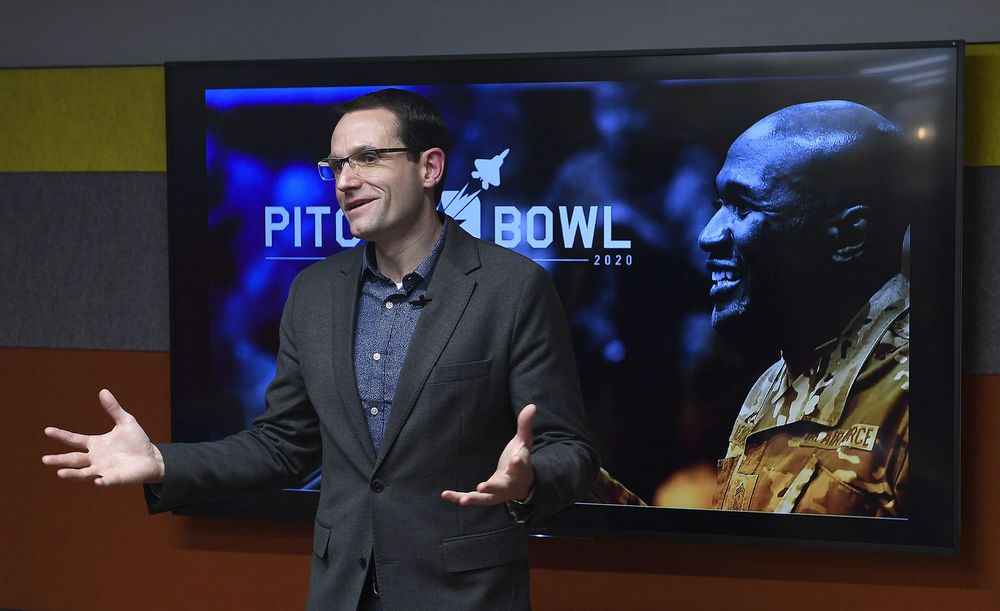
U.S. and U.K. defense agencies plan to award $1 million to startups at the first International Space Pitch Day in November during the Defence Space Conference in London.
The rapid pace of space technology development around the world is prompting military organizations to look beyond national borders to find promising technology. The Techstars Allied Space Accelerator established in 2019, for example, received funding from the U.S. Air Force, Netherlands Ministry of Defence, Norwegian Ministry of Defence and Norwegian Space Agency support.
SAN FRANCISCO – U.S. and U.K. defense agencies plan to award $1 million to startups at the first International Space Pitch Day in November during the Defence Space Conference in London.
The event, backed by the U.K. Defence Science and Technology Laboratory, Royal Air Force, U.S. Space Force and NATO, is designed to identify commercial technology with military space applications.
“This is all about fast-tracking innovation and cutting-edge technology to the front line quicker than ever before, and fresh ways of working with industry to make sure we stay ahead of our shared adversaries and the threats they pose,” Director Space Air Vice-Marshal Harv Smyth said in a statement.